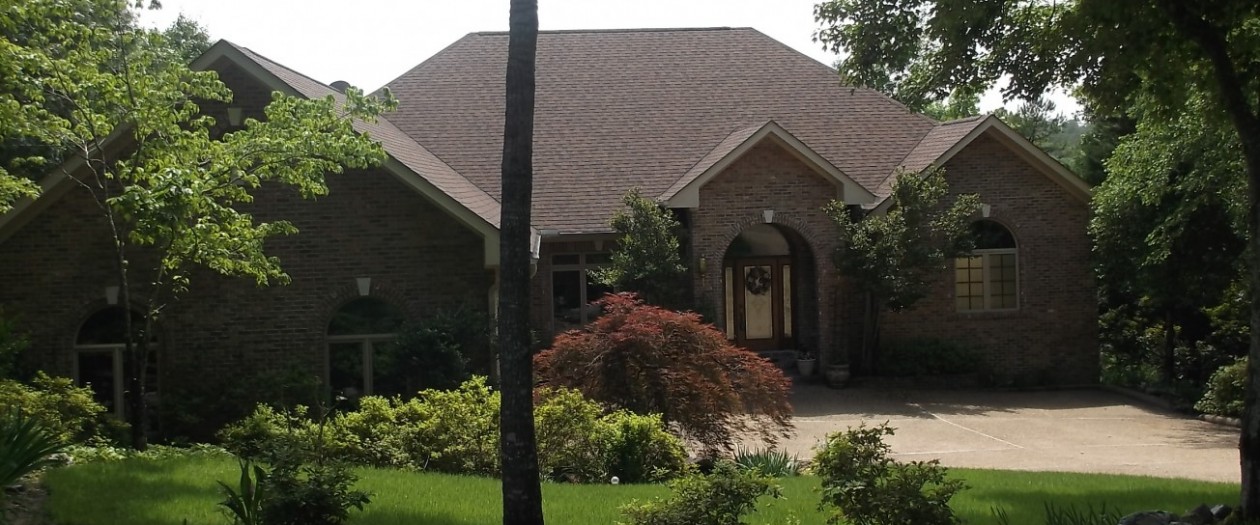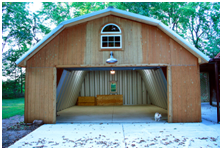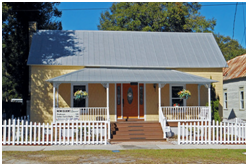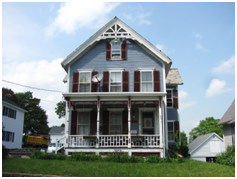 Here are four more examples of ways to increase value.
Here are four more examples of ways to increase value.
4. Rent out the property on Airbnb or other short-term rental platforms: If the property is located in a desirable area or popular tourist destination, it can be rented out on Airbnb or other short-term rental platforms to generate additional income. Vrbo.com – (formerly known as HomeAway) is one of the largest vacation rental marketplaces,
Here’s an example of how renting out a property on Airbnb or other short-term rental platforms can generate additional income:
Let’s say a homeowner has a property in a popular tourist destination that they use as a vacation home for a few weeks each year. The homeowner decides to rent out the property on Airbnb during the times that they are not using it to generate additional income. The homeowner lists the property on Airbnb, sets the rental price, and arranges for a cleaning service to clean the property between guests.
After a few weeks, the homeowner begins receiving booking requests from travelers who are interested in staying at the property. The homeowner accepts the requests and the property is rented out on a regular basis. After accounting for cleaning and other associated expenses, the homeowner is able to generate an average of $2,000 per month in rental income from the property.
In this example, the homeowner was able to generate additional income by renting out their property on Airbnb during the times that they were not using it. This can be a good option for homeowners who have a property in a desirable location and are looking to generate steady income without having to commit to a long-term rental agreement.
5. 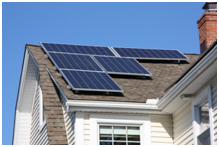 Install energy-efficient upgrades: Installing energy-efficient upgrades, such as solar panels or energy-efficient appliances, can not only save the owner money on energy costs, but it can also increase the property’s value.
Install energy-efficient upgrades: Installing energy-efficient upgrades, such as solar panels or energy-efficient appliances, can not only save the owner money on energy costs, but it can also increase the property’s value.
Let’s say a homeowner has an older property that is not energy-efficient, and they want to reduce their energy costs and increase the property’s value. The homeowner decides to invest in energy-efficient upgrades such as installing solar panels, upgrading insulation, and replacing old windows and doors with energy-efficient ones.
After completing the upgrades, the homeowner notices a significant reduction in their monthly energy bills. Additionally, the property’s value has increased due to the energy-efficient upgrades, making it more attractive to potential buyers if the homeowner decides to sell the property in the future.
In this example, the home owner was able to reduce their energy costs and increase the property’s value by installing energy-efficient upgrades. This can be a good option for homeowners who want to save money on their energy bills, reduce their environmental impact, and increase the value of their property.
 6. Subdivide the property: If the property is large enough, it can be subdivided into multiple parcels and sold separately, or the individual parcels can be leased or developed.
6. Subdivide the property: If the property is large enough, it can be subdivided into multiple parcels and sold separately, or the individual parcels can be leased or developed.
Let’s say a homeowner has a large property with a lot of acreage. The homeowner decides to subdivide the property into smaller lots and sell them separately to increase the overall value of the property. The homeowner hires a surveyor to subdivide the property and create new property lines, and then applies for the necessary permits from the local government.After the property is subdivided, the homeowner lists the new lots for sale. The smaller lot sizes make them more attractive to buyers who are looking for more affordable options or who want to build a smaller home. After selling all of the lots, the homeowner is able to generate a higher overall sale price for the property than they would have if they sold it as one large parcel.
In this example, the homeowner was able to increase the value of their property by subdividing it into smaller lots and selling them separately. This can be a good option for homeowners who have a large property with a lot of acreage that they are not using, or who want to generate additional income by selling off portions of their property.
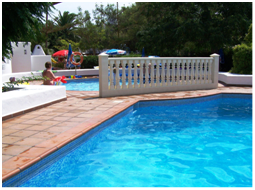 7. Offer amenities: If the property is a vacation rental or located in a desirable area, offering amenities such as a pool, gym, or hot tub can make it more attractive to renters or buyers and potentially increase its value.
7. Offer amenities: If the property is a vacation rental or located in a desirable area, offering amenities such as a pool, gym, or hot tub can make it more attractive to renters or buyers and potentially increase its value.
Let’s say a homeowner has a property with a large backyard. The homeowner decides to add a swimming pool, a hot tub, and a built-in outdoor kitchen to the backyard to make it more attractive to potential buyers and increase the overall value of the property.
After completing the additions, the homeowner notices that the backyard has become a more desirable space for outdoor entertaining and recreation. Potential buyers are now more interested in the property because of the added amenities, and the homeowner is able to sell the property for a higher price than they would have if the backyard had remained untouched.
In this example, the homeowner was able to increase the value of their property by adding additional amenities to the backyard. This can be a good option for homeowners who have a large outdoor space and want to make it more attractive to potential buyers, or for those who want to increase their own enjoyment of the property.
